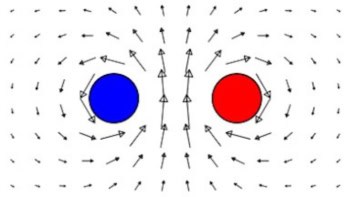A team at Princeton University in the US has made the world's first organic vertical cavity surface emitting laser.
Organic lasers are attractive for optical applications because they are inexpensive to manufacture, can be grown as thin films and have good temperature stability. Results from the Princeton team suggest that they can be made to operate at wavelengths between 460 and 510 nm, making them ideal for use in optical storage devices. The Princeton team report their results in the January 23 issue of Science.
The device works by creating a thin semiconductor tris-(8-hydroxyquinoline) aluminium film doped with a laser dye. This film is sandwiched between two highly reflecting mirrors. A nitrogen laser then optically pumps energy into the film, causing light emission.
So far the Princeton team has achieved an output power of 3 Watts, which is considerably lower than the 50 Watts they have achieved with horizontal versions of the laser. However, vertical lasers are more useful to the optoelectronics industry. The next challenge is to pump the laser with an electric current rather than another laser.


